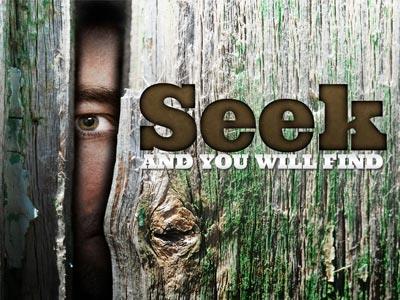-
Like A Palm Tree
Contributed by Gordon Pike on Apr 2, 2023 (message contributor)
Summary: [Palm Sunday.] Today we wave the palms as we come to this table … a sign that our sin has come to end. Today we wave the palms and come to this table as we profess our desire to serve God wholeheartedly.
Palm Sunday. A perfect example of the fact that Jesus’ Disciples and His followers get it … and don’t get it. They get that He is a king … a leader … a prophet and messiah sent by God … but … a king … a leader … a prophet … a messiah who rides into the Jerusalem on colt … not a great stallion or war horse … a king … a leader … a prophet … a messiah who, in a few short days will be falsely accused and convicted … beaten and humiliated … mocked by the very same people who cheered Him as a king … a leader … a prophet … a messiah … and publicly executed in the most painful and shameful way possible.
Just a few days before this, two of Jesus’ Disciples … James and John … had asked Jesus to grant them a special request: “Grant us to sit at your right hand and one at your left in your glory” (Mark 10:37). When Jesus comes into His “glory.” They are picturing Him someday riding into Jerusalem like a conquering king and sitting on King Herod’s throne wearing a crown … not being paraded through the streets like a rebel or common criminal and nailed to a cross with a crown made of thorns … which Jesus tells them is going to happen, right? “You do not know what you are asking. Are you able to drink the cup that I drink, or be baptized with the baptism that I am baptized with?” Picturing a golden goblet filled with sweet wine being lifted at a victory feast after fighting and defeating the Roman army, they respond, “We are able. We will fight. We will endure hardship, but we expect positions of power and authority when all our efforts pay off and you are installed as the new and rightful King of Israel.”
And what happens when they enter Jerusalem a few days later affirms their hopes and their ambitions. Jesus told two of His Disciples … possibly James and John, huh? … to go into Bethany where they will find a colt that had never been ridden. They were to untie it and bring it to Jesus and if anyone tries to stop them or ask them what they were doing “stealing” a colt, they were to tell them: “The Lord needs it and will send it back immediately.” And, as Jesus had predicted, they were challenged and, as Jesus predicted, they were allowed to untie the colt and bring it to Jesus.
As Jesus rode it into Jerusalem, they were greeted by a cheering and respectful crowd who, in ancient Israel style, rolled out the “red carpet” if you will for Jesus. Mark says that some people spread their cloaks on the road and others spread leafy branches that they had cut in the fields. “Then those who went ahead and those who were following,” says Mark, “were shouting: Hosanna! Blessed is the one who comes in the name of the Lord! Blessed is the coming kingdom of our ancestor David! Hosanna in the highest heaven!” (Mark 11:8-10).
“Hosanna.” Again, a sign that they … Jesus’ Disciples and His followers and supporters … get it and don’t get it. The word “Hosanna” means: “Save us!” “Hosanna” was a plea for salvation. It was a recognition that Jesus was their savior, their salvation but in a few days, their savior, their salvation will not sit upon a throne but will hang from a cross and what they hoped would end in victory ends in what appears to be a violent and tragic defeat.
We run into the same situation here that we did with the “rich young ruler” that we talked about last week. Matthew, like Mark, says the people “spread their cloaks on the road and others cut branches from the trees and spread them on the road” (Matthew 21:8). Luke never mentions any branches, just the people spreading their cloaks on road before Jesus as He rode into Jerusalem. Only John mentions the people taking palm branches as they went out to meet Him (John 12:13).
So why the assumption and emphasis on palm branches? Well, for one thing, it’s a safe assumption that there were palm branches amongst the other branches that Matthew and Mark talk about. Like Florida, the middle east has a great variety of trees but the most common by far are palm trees. I also believe that we commemorate and celebrate Jesus’ entry with palm branches because of what the palm branches represented to the people who greeted Jesus that day and hailed Him as a conquering king.
Palm branches in ancient times were used as a symbol of victory. For the Jews, the palms were used as part of the Feast of Tabernacles … a celebration commanded by God in which God instructed them to build “booths” or shelters cut from “majestic trees, branches of palm trees, boughs of leafy trees, and willows of the brook” (Leviticus 23:40) and live in them for seven days “so that your generations may know that I made the people of Israel live in booths when I brought them out of the land of Egypt” (Leviticus 23:43) … in other words, to commemorate God’s victory over the Egyptians and their gods and to remember how God cared for them as HE LED them through the wilderness to the promised land.

 Sermon Central
Sermon Central



